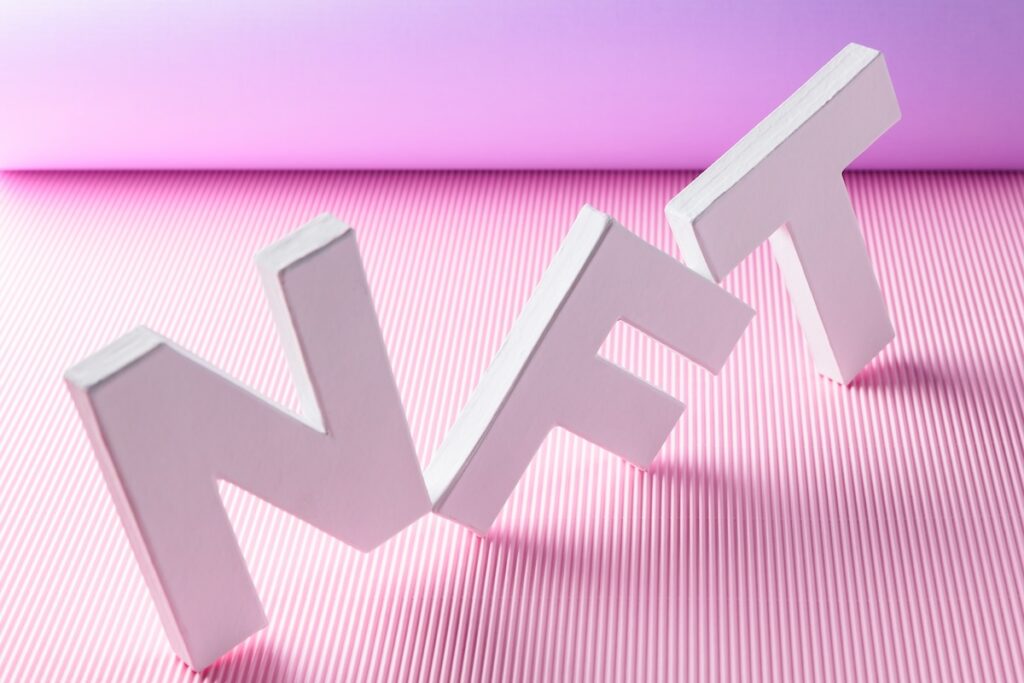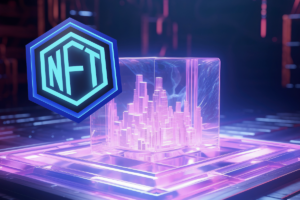Web3 resolves three significant issues in EdTech – accreditation, affordability, and accessibility. In addition to solving these problems, Web3 will create new learning opportunities.
Web3 can help in obtaining bachelor’s, master’s, and Ph.D. degrees by providing a decentralized and transparent system of accreditation. Decentralized platforms can offer various courses, promoting inclusivity and providing students with diverse learning options.
Different options are beneficial because they allow individuals to tailor their choices to their needs and preferences. This level of flexibility ensures people can find the best solutions for their unique situations. For instance, the online service https://www.paperhelp.org/ offers help with various academic papers, from essays to term papers, and homework help with college subjects and programming assignments.
So, having multiple options, whether for different academic papers or assistance in various subjects, empowers students to take control of their education. It ensures they can receive the help they need exactly when needed, ultimately contributing to their academic success and personal growth.
Decentralized storage
Decentralized storage is one of the most fundamental technologies underpinning Web3. It allows for the transfer of large files much faster and reduces latency. This has the potential to enhance everything from content delivery to student assessments.
Web3 storage is decentralized, meaning hackers or governments can raid no single repository. This is ideal for the long-term file types that users want to retain, such as non-fungible tokens (NFTs). It also means that files won’t disappear when a host shuts down.
It also provides increased security and data privacy, as files are encrypted and fragmented before they are stored on the network. Only the file owner has the private encryption key, so unauthorized entities can’t access or manipulate data without the user’s permission.
In addition, a Web3 storage system uses existing hard drives to store and retrieve files, so it doesn’t require additional expenses to buy new servers or storage systems. This can lower costs by up to 80%. Moreover, this system allows for multiple copies of each file to be stored on different nodes, which improves the likelihood that even when one server goes down, other nodes can continue to deliver the information.
Blockchain
Web3 is designed to reduce the amount of control that today’s influential players have over the internet. It will also make the internet more democratic, giving users more choice and voice.
Its potential is enormous. For example, it could solve some of the significant challenges in the eLearning industry. These include accreditation, affordability, and accessibility. Additionally, it can improve data connections and foster collaboration through the semantic web. The blockchain can also be used to authenticate documents like diplomas and certificates digitally.
Using blockchain, creating personalized learning materials for students is possible. Moreover, it will be easier to track student assessments. This will allow learners to get better outcomes and increase their study efficiency. In addition, it will ensure better security and privacy of student information. It will also enable educators to tailor courses to their needs and deliver them in the proper format.
Micro-credentials
Micro-credentials have a great potential to enhance the eLearning experience, from content delivery to student assessments. They can help students up-skill and re-skill quickly, preparing them to enter the labor market or pursue new career paths.
These credentials can also be used as a complement to traditional qualifications or as standalone qualifications in emerging fields. Moreover, they can be easily combined and stacked to allow learners to build their expertise over time.
Micro-credentials can reduce the skills gap by enabling career professionals to continue their education without losing their jobs. They can take boot camps, mini-courses, and other short courses to stay relevant in their careers and even attend conferences as part of the process. This approach can reduce the cost of learning and improve the quality of life for students, families, communities, and global society.
Immersive learning
Immersive learning is a powerful tool for enhancing the eLearning experience. It is a technique that allows students to interact with simulated environments while receiving guidance and feedback from an instructor. It also helps to alleviate the sense of isolation that remote learners feel and increases the real-world relevance of theoretical concepts.
Unlike traditional teaching methods that bombard a passive audience with a barrage of information, immersive learning transforms participants into active learners who can explore virtual spaces and practice team problem-solving. It is also able to provide accurate and detailed learner assessments.
Using XR (extended reality) technology, instructors can track students’ progress and update the content accordingly. This enables instructors to create personalized learning experiences, improve learner engagement, and increase retention rates. It can be used to implement different learning methodologies, from gamification to live tutoring. This includes various tools, including virtual reality (VR), augmented reality (AR), and mixed reality.
In summary, the integration of Web3 technologies into eLearning holds the potential to address significant challenges in education, including accreditation, affordability, and accessibility. The decentralization of storage and blockchain technology enhances data security and privacy, while micro-credentials offer flexible learning pathways. Immersive learning, facilitated by extended reality (XR) technology, transforms the eLearning experience into an interactive, personalized, and engaging journey. These advancements showcase the promising future of eLearning, where diverse options empower learners to shape their educational experiences according to their unique needs and preferences.




